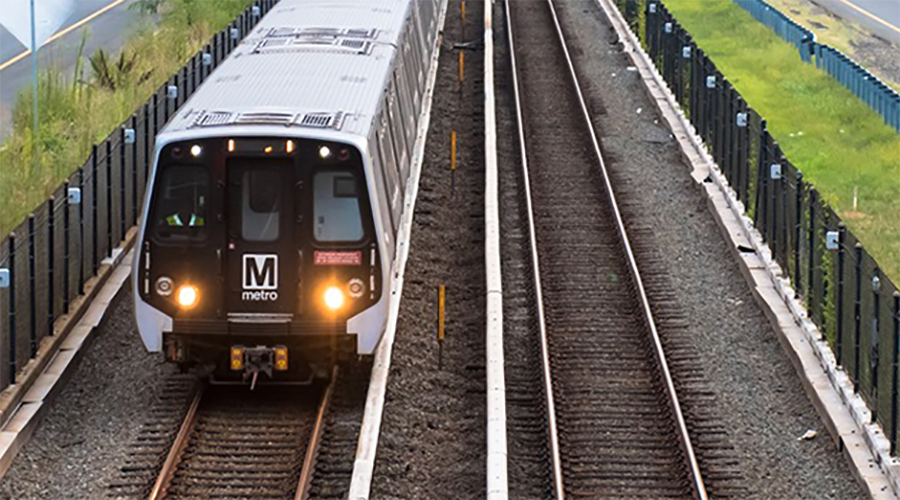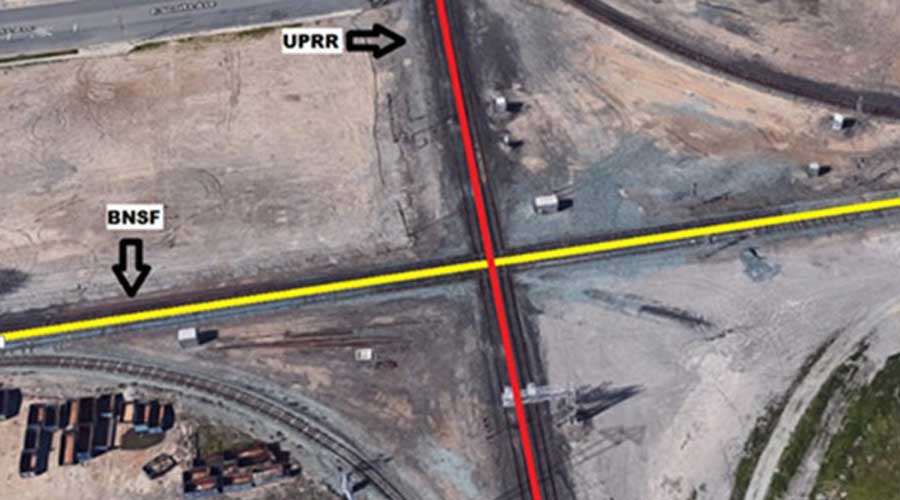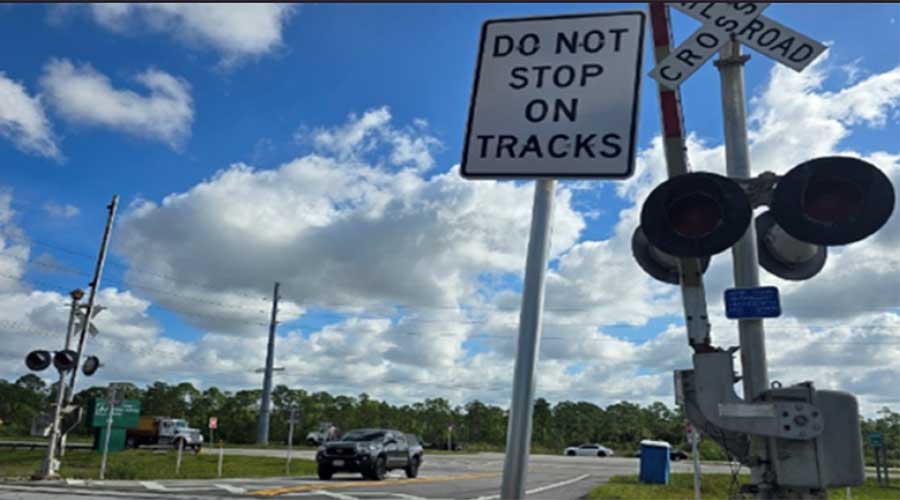Stay updated on news, articles and information for the rail industry
8/31/2010
Rail News: High-Speed Rail
USDOT announces new design standards for high-speed passenger cars
Today, the U.S. Department of Transportation announced that the first-ever uniform technical standards for high-speed intercity passenger rail car manufacturing have been developed.
The common set of designs and technical requirements applies to bi-level cars for use in high-speed passenger-rail operations.
“As part of the Obama Administration’s focus on maximizing manufacturing opportunities, these first-ever uniform standards will provide an unprecedented opportunity for manufacturers in the U.S. — from rails to wheels to final assembly — to build a strong, stable manufacturing base,” said U.S. Transportation Secretary Ray LaHood in a prepared statement.
The standards will enable U.S.-based manufacturers to more effectively compete in “what is set to become a burgeoning industry,” according to a press release.
Using the new standards, car builders will be manufacturing cars that meet all current safety requirements and regulations and also satisfy future regulations for crash energy management.
“These standardized bi-level passenger rail cars will be able to operate nationwide and are compatible with existing equipment,” said Federal Railroad Administrator Joseph Szabo. “A common design also makes it easier to train maintenance personnel, stock parts and perform repairs, which reduces costs.”
USDOT expects to adopt similar standards for single-level passenger rail cars are by year’s end.
The Passenger Railroad Investment and Improvement Act of 2008 mandated that technical standards for high-speed rail operations be established. The standards were developed by the Technical Subcommittee of the Section 305 Next Generation Equipment Committee, which comprises members from the Federal Railroad Administration, Amtrak and state departments of transportation. The subcommittee also received input and participation from rail industry manufacturers, freight railroads and transportation associations.
To view the standards, follow this link, then scroll down to "PRIIA Bi-Level Equipment Specification." (Note: The section is dated July 30, 201, but that was prior to the Executive Committee approving the standards today.)
Contact Progressive Railroading editorial staff.


 2025 MOW Spending Report: Passenger-rail programs
2025 MOW Spending Report: Passenger-rail programs
 Gardner steps down as Amtrak CEO
Gardner steps down as Amtrak CEO
 Guest comment: Oliver Wyman’s David Hunt
Guest comment: Oliver Wyman’s David Hunt
 Women of Influence in Rail eBook
Women of Influence in Rail eBook
 railPrime
railPrime







